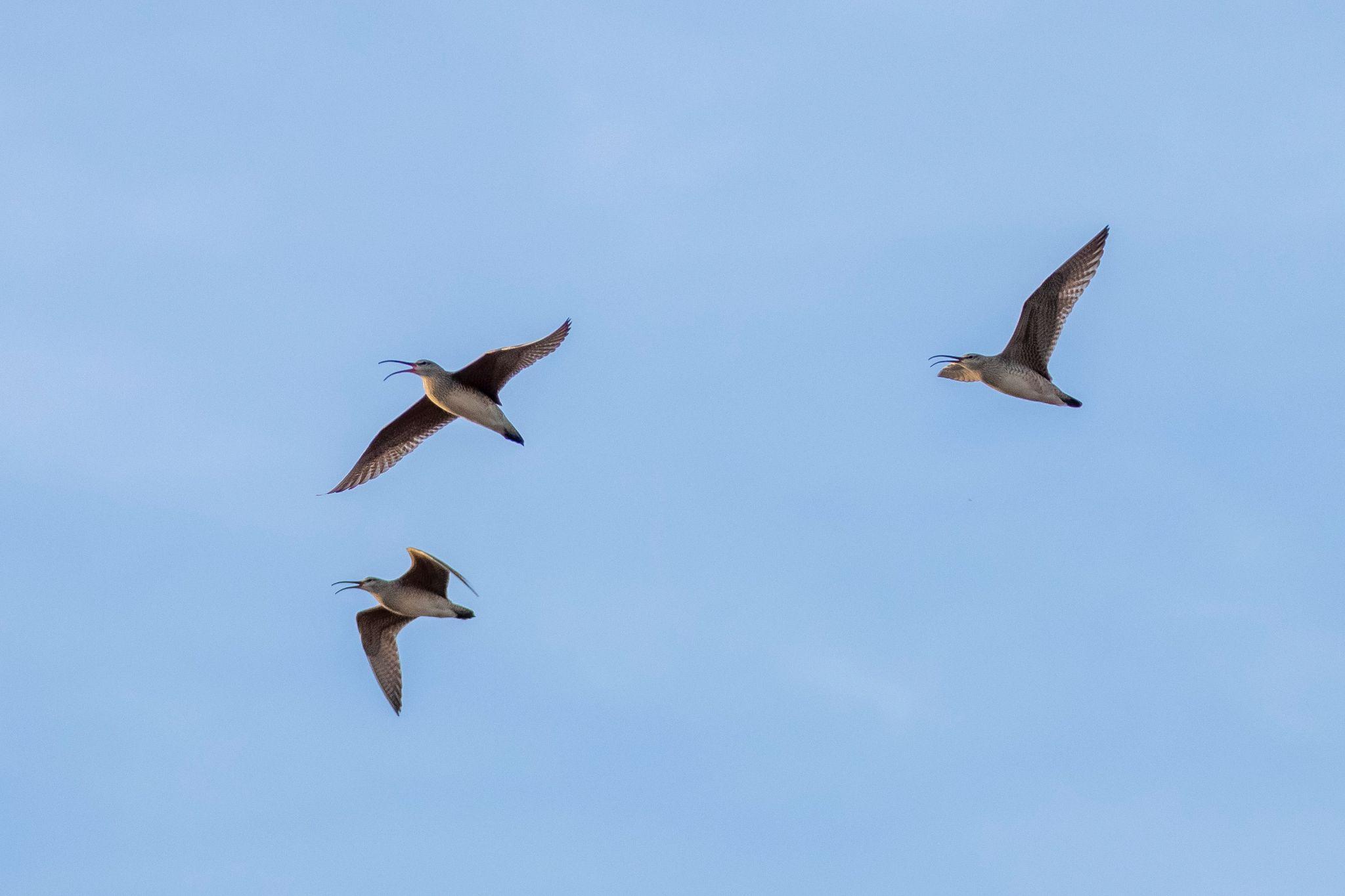
Dorie Klissas
Plymouth, Massachusetts: March 6, 2026: Manomet Conservation Sciences (Manomet) recognizes the importance of the Anahuac National Wildlife Refuge, near Galveston, Texas, as a critical habitat for migratory birds and other wildlife. Recently renamed the Jocelyn Nungaray National Wildlife Refuge by an Executive Order from President Donald Trump in honor of a young nature enthusiast who loved animals and tragically lost her life in 2024, the refuge serves as a vital sanctuary for many species, particularly migratory birds such as the Whimbrel. These birds depend on rich feeding grounds and protected spaces to sustain their long migratory journeys between North and South America.
In 2005, the Jocelyn Nungaray Refuge was designated a site of national importance within the Western Hemisphere Shorebird Reserve Network (WHSRN) and remains a priority for conservation efforts. In addition to Whimbrels, the refuge supports over 320 bird species, including 38 shorebird species. Manomet and its partners are working with public and private stakeholders to develop and implement conservation practices that benefit shorebirds and landowners in the region.
“In his speech, the President called the reserve ‘a pristine, peaceful 35,000-acre sanctuary for all of God’s creatures,’” said Elizabeth Schueler, President of Manomet. “He was spot on, as the Refuge is an absolute jewel. At least 23% of Whimbrels – roughly 10,000, rely on this site during migration, making continued federal funding essential—not just for this refuge, but for broader conservation efforts for migratory species across North and South America.”
The Nungaray Refuge is one of just 125 critical sites for migrating shorebirds in the Americas recognized as part of the WHSRN. In fact, many U.S. shorebirds spend more time in South America than in North America, underscoring the importance of the U.S. government’s support that follows migratory species throughout their annual cycle.
“Despite the vital role these habitats play in sustaining migratory wildlife across the Americas, U.S. government agencies operate with extremely limited budgets for this critical work,” said Rob Clay, Ph.D., Director of the WHSRN Executive Office at Manomet. “Their efforts remain essential to preserving the pristine ecosystems that countless species rely on throughout their journeys.”
Shorebirds serve as key indicators of environmental health. Yet, their populations are experiencing some of the most dramatic declines of any bird group in the Americas due to habitat loss, degradation, and disturbance. Scientists at Manomet and their colleagues have determined that 19 North American shorebird species have suffered population declines of more than 30% since the 1980s, with the Whimbrel population plummeting by almost 80% over the same period. In 2024, 16 shorebird species in the Americas were uplisted to near threatened or vulnerable on the global Red List of Threatened Species by the International Union for the Conservation of Nature, signaling an urgent need for more vigorous conservation efforts.
“Protecting and managing critical sites like the renamed Jocelyn Nungaray Reserve—part of the U.S. Fish and Wildlife Service’s network of 570 refuges—is essential to reversing these alarming trends of population decline,” said Shiloh Schulte, Ph.D., Senior Shorebird Scientist and Coordinator for the American Oystercatcher Recovery Program at Manomet. “The refuge provides critical nighttime roosting areas where Whimbrels and other birds can gather in large numbers, ensuring their safety before continuing their journey.”
Through public and private funding, and collaboration, WHSRN has driven impactful conservation efforts, protecting 125 sites across 20 countries and safeguarding 39.1 million acres of critical shorebird habitat ensuring long-term habitat management and protection. In 2024 alone, improved management practices were implemented on 6.5 million acres of priority shorebird habitat, while better management strategies enhanced 87,000 acres of working lands, benefiting both local communities and migratory birds. Additionally, over 500 individuals receive training in sustainable resource management, strengthening conservation capacity across the hemisphere.
National shorebird conservation plans have also been integrated into policy frameworks in Argentina, Chile, Ecuador, and Peru, further embedding shorebird protection into long-term national strategies.
Manomet remains committed to the urgent need for sustained investment in shorebird conservation. Through collaboration among governments, conservation organizations, and communities, efforts can ensure that places like the Jocelyn Nungaray National Wildlife Refuge remain protected, allowing migratory birds to thrive for generations to come.
About Manomet
Manomet Conservation Sciences is a nonprofit organization dedicated to using science and partnerships to address pressing environmental challenges. Founded in 1969, Manomet works to protect vital ecosystems, conserve biodiversity, and create sustainable solutions for communities and industries. With a special focus on bird conservation, Manomet’s work spans the Americas, from conducting research on migratory bird species to restoring habitats critical for their survival. Through innovative approaches and collaborative efforts, Manomet is driving tangible, science-based results that benefit both wildlife and people.
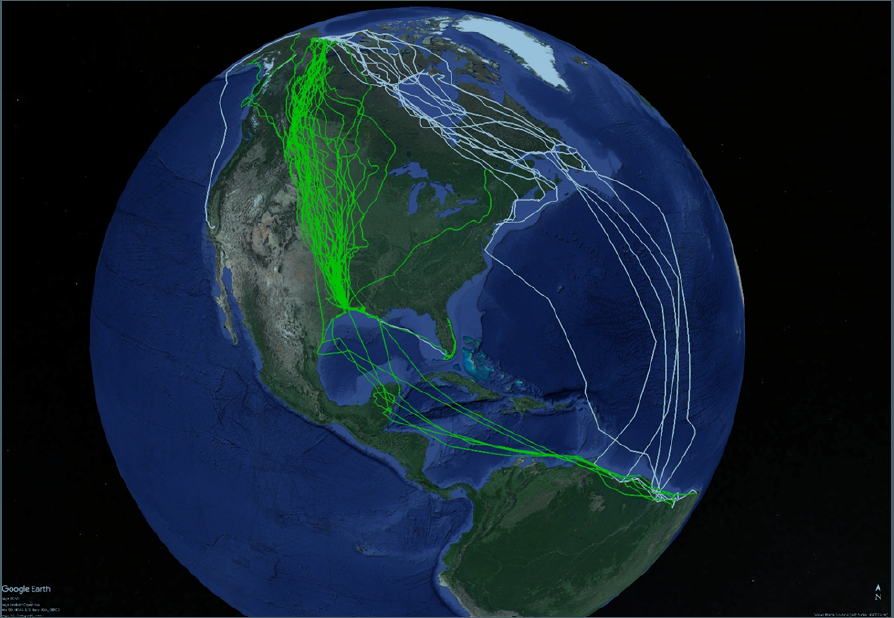

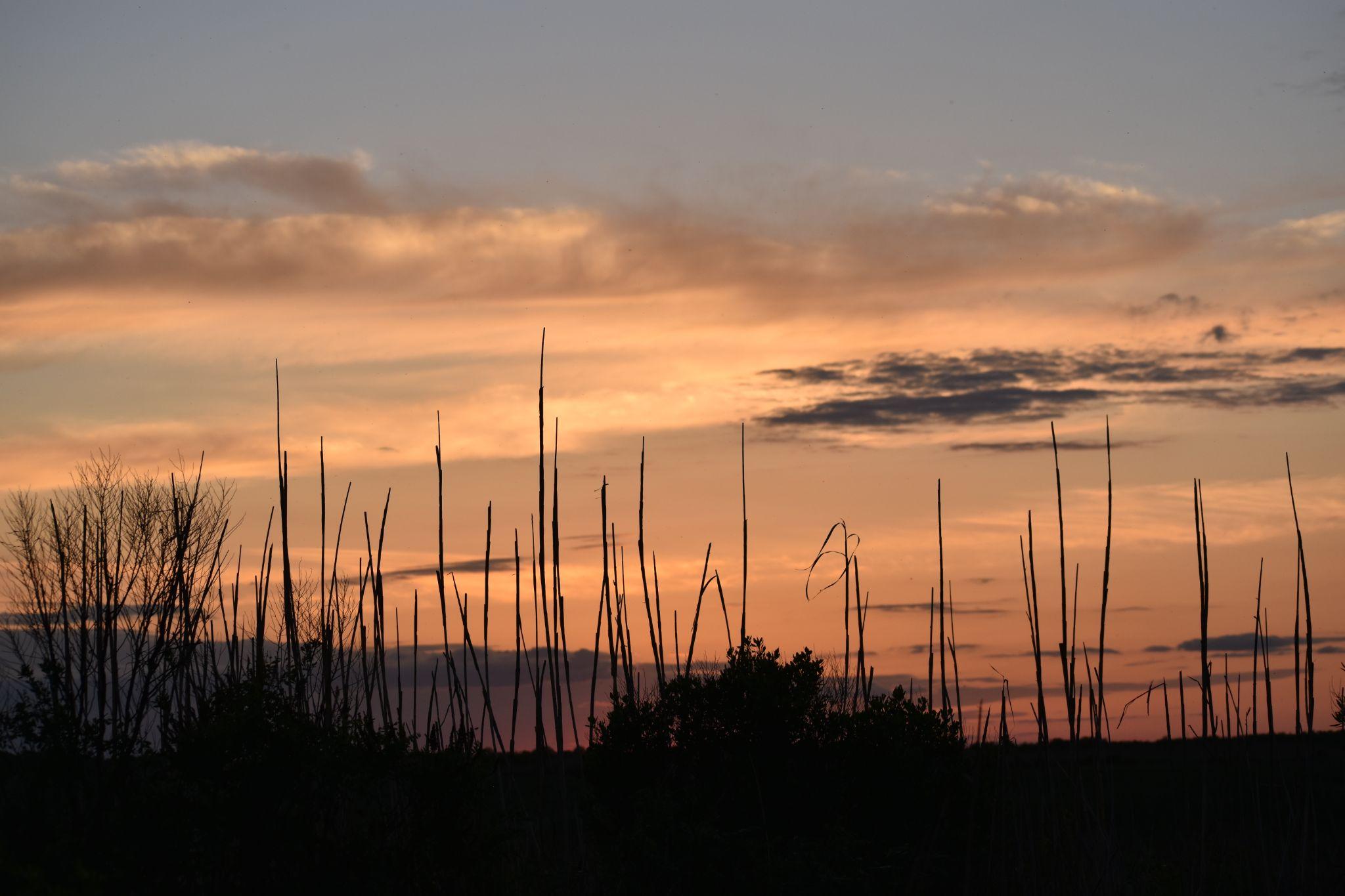


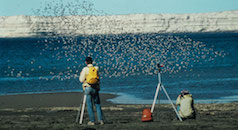
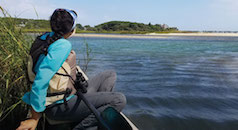
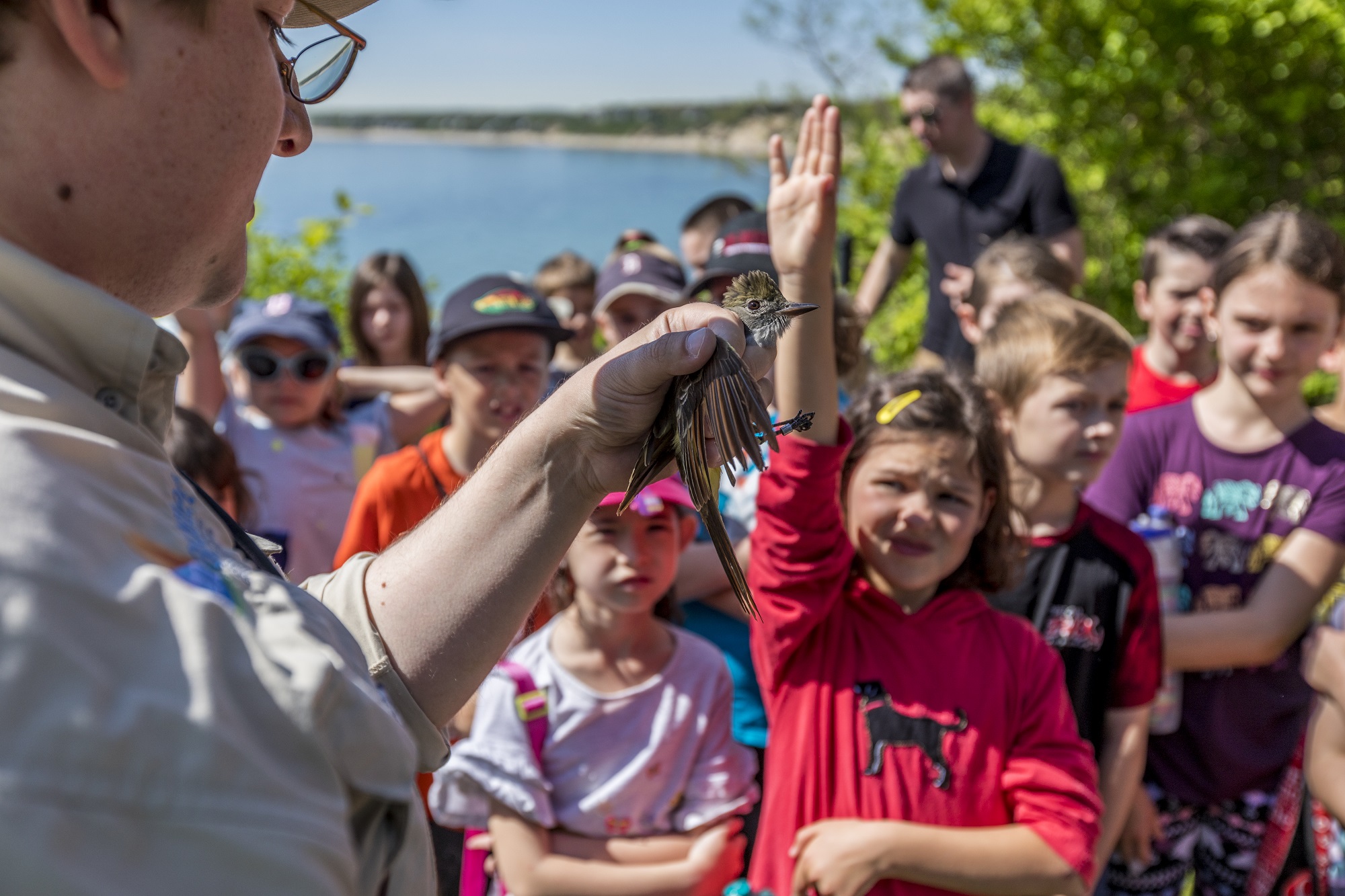
 Back to all
Back to all